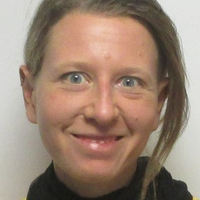
Verena Zuber
@verenazuber
Statistician interested in genetics, high-dimensional data analysis, and causal inference. Based at Imperial College London, Tweets are my own. She/her.
ID: 1017233862
17-12-2012 11:15:49
577 Tweet
634 Followers
385 Following
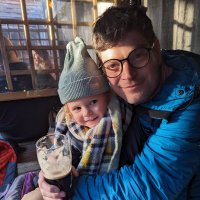
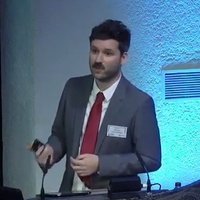
We have an exciting 3-yr postdoc position at Imperial College London using molecular #epidemiology to understand adiposity-driven pancreatic #cancer. Possibility of hybrid working. Deadline 24/07 Mattias Johansson Richard Martin @Karl_SmithByrne Emma Vincent Pls retweet🙏 twtr.to/4oSz9


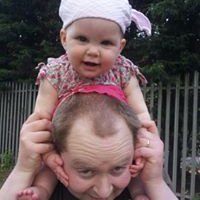
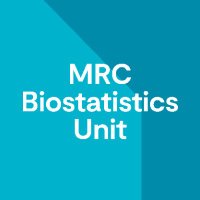

Thrilled to see this out in Genome Research! We here enable risk predictions using GWAS summary stats, unlocking biomarker discovery without follow-up data. Led by Daniel Sens in collab with Bjoern Eskofier. Helmholtz Munich | @HelmholtzMunich PioneerCampus @HelmholtzMunich TU München doi.org/10.1101/gr.279…



Our paper on misleading biases in AD GWAS-by-proxy is published Nature Genetics. We identify the source of biases and explore strategies to reduce them Yuchang Wu Zhongxuan(John) Sun Paper📰: doi.org/10.1038/s41588… Software🧑💻: github.com/qlu-lab/GSUB Sumstats⬇️: qlu-lab.org/data.html



Amazing new GWAS resource for CSF and brain metabolite levels (Metabolon, Inc.)🧠🧬 👉2,602 CSF samples of 440 metabolites 👉1,016 brain samples of 962 metabolites 📜Paper: nature.com/articles/s4158… 📊Summ stats: ebi.ac.uk/gwas/ [accession numbers GCST90317902–GCST90319303]
![Marios Georgakis (@mariosgeorgakis) on Twitter photo Amazing new GWAS resource for CSF and brain metabolite levels (<a href="/Metabolon/">Metabolon, Inc.</a>)🧠🧬
👉2,602 CSF samples of 440 metabolites
👉1,016 brain samples of 962 metabolites
📜Paper: nature.com/articles/s4158…
📊Summ stats: ebi.ac.uk/gwas/ [accession numbers GCST90317902–GCST90319303] Amazing new GWAS resource for CSF and brain metabolite levels (<a href="/Metabolon/">Metabolon, Inc.</a>)🧠🧬
👉2,602 CSF samples of 440 metabolites
👉1,016 brain samples of 962 metabolites
📜Paper: nature.com/articles/s4158…
📊Summ stats: ebi.ac.uk/gwas/ [accession numbers GCST90317902–GCST90319303]](https://pbs.twimg.com/media/GcH3kwDWkAEV_vQ.png)

My first PhD student Lianyun_Huang has now successfully defended her PhD and is now Dr Huang! 🎉🎉🎉 Thank you for 4 years of hard work, it’s an honor to be part of your academic journey!


Very excited to share our latest publication in Nature Genetics! Our manuscript shows how Mendelian Randomization (MR) isolates putatively causal links between cell-type specific gene expression & brain phenotypes. nature.com/articles/s4158… Tweetorial below 👇










